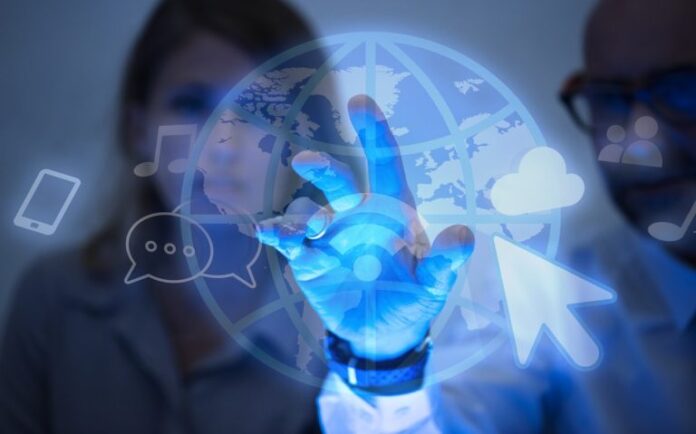The creator economy is fostering innovation across industries, changing how work is defined, and presenting new ways to make money. People can generate income through the creation of material like images, films, or music in this software-enabled economy.
The creator economy is a thriving sector that only grew more so throughout the pandemic because recent technological advancements have increased the potential of the sector. On the front end, various platforms with billions of consumers worldwide, including TikTok, Instagram, and Cameo, have given content producers substantial revenue streams. Supporting tools like Patreon and Kajabi let creators create better content more quickly on the back end of the creator economy.
Even in conventional sectors, there has been an increase in the number of sector-specific social networks in recent months. Users can explore videos of real estate listings on Playhouse’s “TikTok for real estate,” for instance, and Hammr’s app lets construction employees display their own construction projects.
Working with the top Web3 Development Firm is something you should think about if you want to develop a project based on cutting-edge technology like Web 3.0.
The creator economy is changing how work is defined, but with the growth of Web3, it too will change.
Changing concepts of work
The capacity of content providers to monetise their work has prompted a fundamental shift in the definition of “work.” The creator economy has through three stages of development to become what it is today:
First stage: The traditional economy
Working for a larger organisation is the definition of work in its most basic form. Employees have minimal control over the kind of job they do and how it is carried out in this representation. This has historically been how most individuals approach their work.
Second stage: The gig economy
In recent years, the gig economy has evolved and grown rapidly. Employees can perform smaller, more manageable activities on an as-needed basis in this economy, such as delivering food. Although this type of employment increased flexibility and employee autonomy, the majority of workers still rely heavily on their employers.
Third stage: the creator economy
A secular change is represented by the creative economy. In a creator economy, content producers have complete autonomy over how they commercialise their work and don’t need a parent firm to serve as an employer. They can work whenever they want and can develop any kind of material they desire. This new ownership structure represents a bigger shift in the balance of power between the employer and the employee. The employer held the majority of the authority during the first two economic stages. The creator economy, on the other hand, gives content creators the ability to maintain control over and ownership of their creations.
The creator economy in the Web 3-era
The concepts of the creator economy—ownership of work, decentralisation, and flexibility—occur together with the rise of the Web 3. Expect to see more convergence between the creator economy and Web3 over the next few years as the world approaches the next iteration of the internet. Here’s how that may appear:
Platforms and content owned by creators
The first generation of the Web3 creator economy is creator-owned content. The organisation that runs modern social media platforms like Instagram and TikTok owns the content that creators produce. Creators will be able to control a portion of the platform they generate and distribute material on with Web3, in addition to their content on already used social media platforms. Through the use of NFTs, which serve as ownership proof and authenticate the material, content can start to become creator-owned and platform-neutral.
Platforms and content owned by creators
The first generation of the Web3 creator economy is creator-owned content. The organisation that runs modern social media platforms like Instagram and TikTok owns the content that creators produce. Creators will be able to control a portion of the platform they generate and distribute material on with Web3, in addition to their content on already used social media platforms. Through the use of NFTs, which serve as ownership proof and authenticate the material, content can start to become creator-owned and platform-neutral.
Metaverse platforms built by creators
The metaverse will also heavily rely on creators. In addition to engaging in it, creators can build elements of the metaverse using technical knowledge or no-code technologies. In already-existing gaming metaverses, most notably Roblox, this has already begun to take shape. On Roblox, anyone may make video games and directly commercialise them there. Roblox alone brought in $329 million in revenue for artists in 2020. In the years to come, “metaverse creators” will probably develop into a vibrant and lucrative sector of the creator economy.
Although the junction of the creator economy with Web3 is still developing and its future is uncertain, if it is successfully implemented, the Web3 ethos and new technology could have significant effects on the future of work in general as well as for creators.
In the best-case scenario, Web3 will make it possible for people to earn a living by creating work that they directly own, free from the current dependence on centralised third-party entities.
Apart from this, if you want to know about What Makes Porsche 911 So Popular then please visit our Tech category





